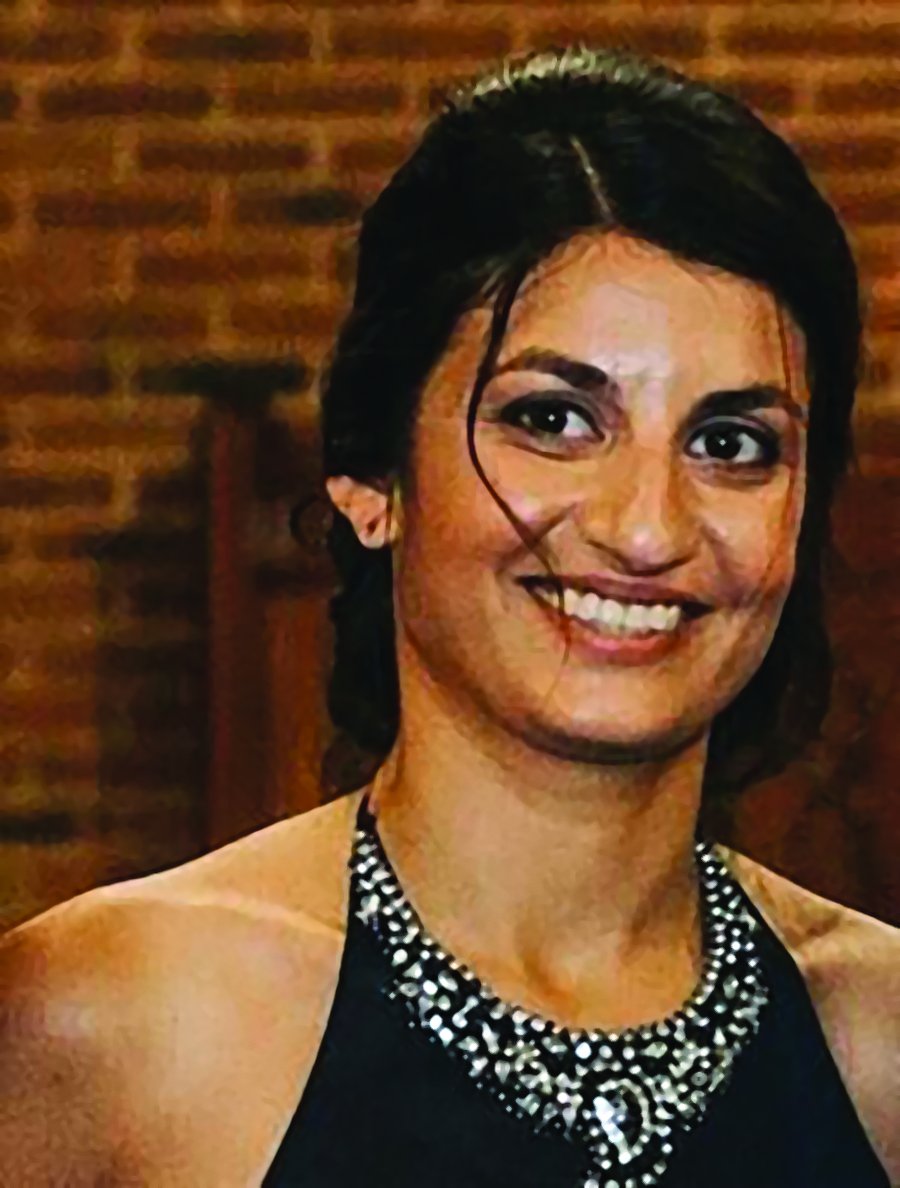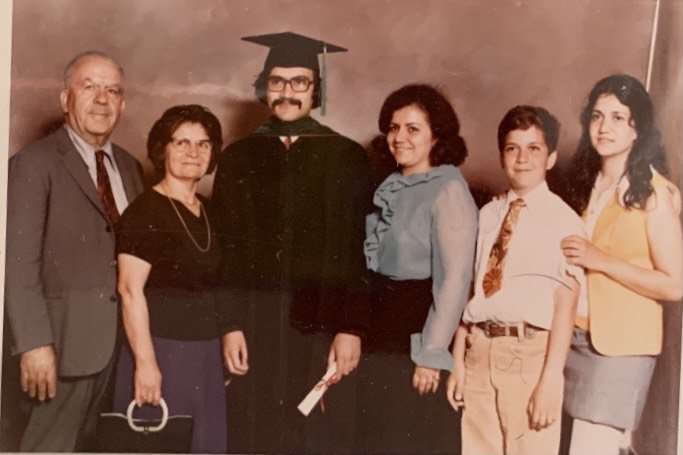
The stories herein are all based on the real-life account of the late Nerses Manougian (1912-1974).
On a dark night some years after 1923, young Nerses Manougian, an orphaned survivor of the Armenian Genocide, cycled down Ontario farm roads through fields he worked as one of The Georgetown Boys. The boy Nerses had survived a miraculous flight from the pistachio groves of his village of Jibin, hidden and spared from death squads in the homes of Armenians, Turks, Arabs, Kurds and Western missionaries.
The scene that night was all too familiar to Nerses: utter darkness, fear of subjection to the elements and wondering if he would make it home safely through the night. While panic pulsed through his mind and veins, suddenly, like on the Damascus Road, a bright light appeared, only rather than throw him off his horse, it proceeded to light the way home. Nerses did make it home and went on to pass down his life story, the Armenian story, really, the human story, to his children’s children.

Tolkien’s saying goes that “not all who wander are lost,” but what of those who don’t make it home through the night? Hope can be dangerous in loss and heartbreak. Little causes as deep an anguish as that of a life lost “before one’s time.” Nina Manougian is the treasured daughter, sister, granddaughter, niece, cousin and friend who, on May 6th of this year, suddenly and tragically did not return home. Nothing can cure the bitterness of such a loss. Yet, death tends to shed light on the goodness enjoyed and achieved in a life — the goodness that can be delighted in on earth and beyond. For Nina, that goodness came from across a wide spectrum of rich gifts — the creative, the learned, the relational, the expressive and, most precious, the little things. One of the precious little things that my cousin Nina left behind was a graphic short story about our grandfather Nerses. Prior to seeing it, I’d maintained a stoicism about my cousin’s sudden death; but when my uncle handed it to me upon a visit to his home, I broke down.
Nina’s graphic short story, “Verabrogh” (“Survivor”), is published here in honor of her life. It grieves me to so enjoy the depth of illustrative prowess her dear parents and sister so wish had more time on this earth. Among so many other things, Nina was a patriot committed to telling and defending the story of her people. Through the tragedies that unfolded in the 2020 Artsakh War, she wished she could have done more, but we are blessed with many things she gave us, including this piece.
Her story vividly captures the simple wonder of a child recounting the stories told by her father. Curiously, while Nina is the author, the story is told from her father’s point of view, depicted in the final illustration as the one recounting the unfolding events. Not only does this story both contemporize and enshrine this great history of survival, it is additionally a special demonstration of the power of internalized collective memory. Nerses’ or “Dedi’s” story is as much his eldest son Ara’s, Ara’s daughter Nina’s, and our story, by way of this transmission. It is the human’s story of struggle, and perhaps, a light that illumines even the darkest of nights.

In gratitude to and in honor of our beloved Nina Mary Manougian (1989-2021).



This story is a beautiful remembrance of our family and my daughter. Thank you Haig.
Nerses Manoogian Boy #93 of the Georgetown Boys
Here is s short bio of Nerses Manoogian as it appeared in Jack Apramian’s book “The Georgetown Boys” published in 1976 – Note from Hrad Poladian- I have not corrected the typos, I left them as thay were originally written.
“Nerses Manoogian,Born jibin May 12,1912. Both parents and all relatives killed by Turks. Miss Frearson’s orphanage, Aintab, Turkey. Orphanage transferred to Shemlon, Lebanon for safety, Boy transferred to Georgetown Aug.1,1926. Farm placements : 1- Various farms around Mitcell, Caledonia. 2- Wm. Smith, R.R.1,Lakesid, Ont. 3- B.F.Cardy, Belwood, Ont.Attended Dunnville High School, went to Aleppo, Syria,1934. Married there, and returned as immigrant to U.S.A. Married there, 4 children, worked as accountant for State of New York. Hobbies: Philatelics. Deccased 1973”